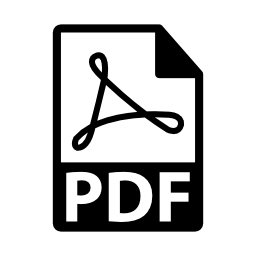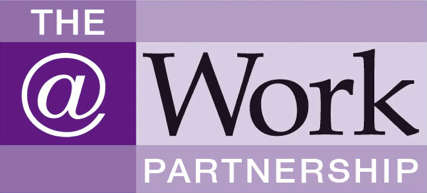August/September 2025 (vol. 22/2)
ContentsFeaturesNewsLegal
NewsResearch DigestResearch PlusCPD
 PERSONAL LEARNING ZONE
PERSONAL LEARNING ZONE
Summary:
Summary:
FEATURED ARTICLE
This issue of Occupational Health [at Work] features a Personal Learning Zone (PLZ) article recommended for continuing professional development (CPD). The assignment questions, ‘Personal learning statement’ and ‘Certificate of engagement’ are available to subscribers at ohaw.co/AWPcpd. These will also be stored in your password-protected PLZ. The PLZ will help you document your own CPD. Occupational health physicians and nurses, occupational hygienists and other professionals can use the resource in support of their specialism’s revalidation or CPD requirements.
Pages 17–21. Gender reassignment in the Supreme Court. In For Women Scotland v The Scottish Ministers, the Supreme Court held that under the Equality Act 2010 (EqA) the definition of ‘woman’ means ‘biological woman’ and this applies even if the person has a Gender Recognition Certificate. But the judgment also made clear that people with the protected characteristic of ‘gender reassignment’ continue to have all the rights conferred by the EqA and are protected against direct and indirect discrimination.
ADDITIONAL CPD
The following articles, news and research items are suggested reading for CPD and professional revalidation. Subscribers can complete their online Personal Learning Zone CPD record at ohaw.co/AWPcpd
Pages 4–5. Used judiciously, artificial intelligence has the potential to streamline the production of occupational health reports for management and deliver commercial and individual benefits.
Pages 8–9. A lack of employer knowledge about how multiple sclerosis (MS) affects people at work is an important workplace barrier for many people with the condition. A better understanding would help more people with MS remain in work.
Pages 12–13. The EAT decision in Stedman v Haven Leisure highlights that determining if someone has a disability requires a comparison between their abilities with their impairment and how, hypothetically, they would be without it.
Pages 22–25. Although the law requires that healthcare employers implement safety-engineered sharps and safe working practices to prevent needlestick injuries, it is important to reinforce these measures with education, repeated training and regular reminders to adhere to safe practice.
Pages 34–35. OH services are urged to consider how they can contribute to improved occupational health data collection to better inform our knowledge of work-related ill health.
Page 38. Our compendium of recent research includes a study exploring how health, demographic and lifestyle factors affect the risk of unemployment for workers aged 40–64.
Author:
Occupational Health at Work August/September 2025 (vol. 22/2) pp39



